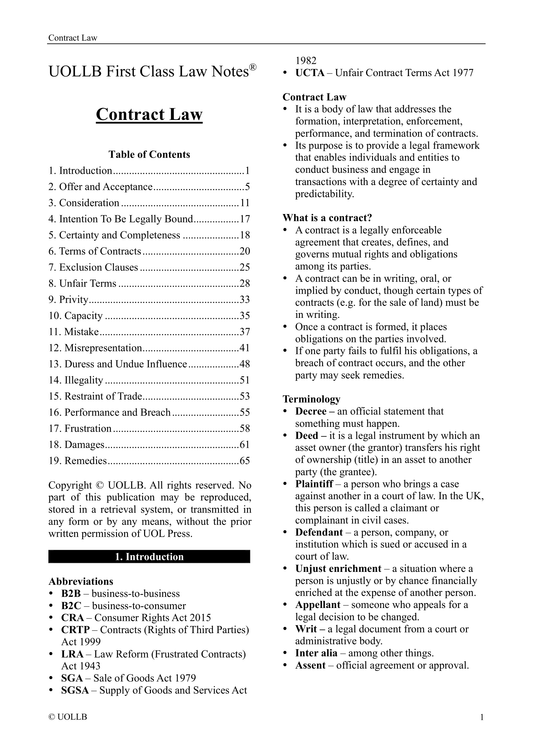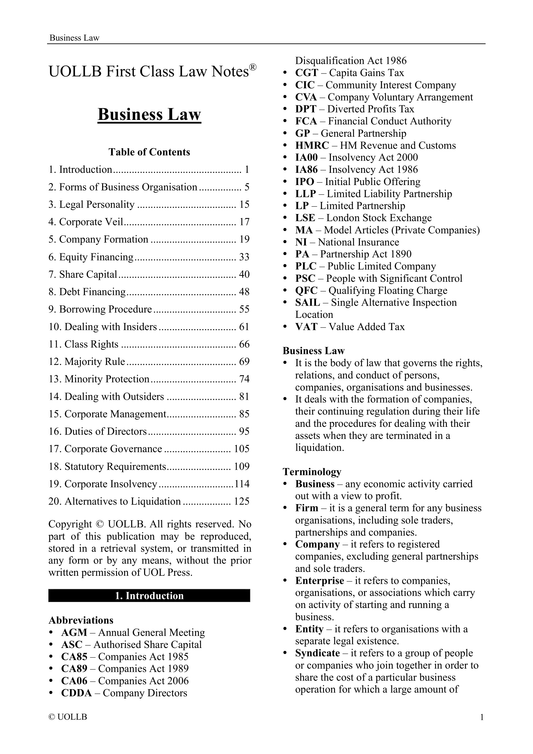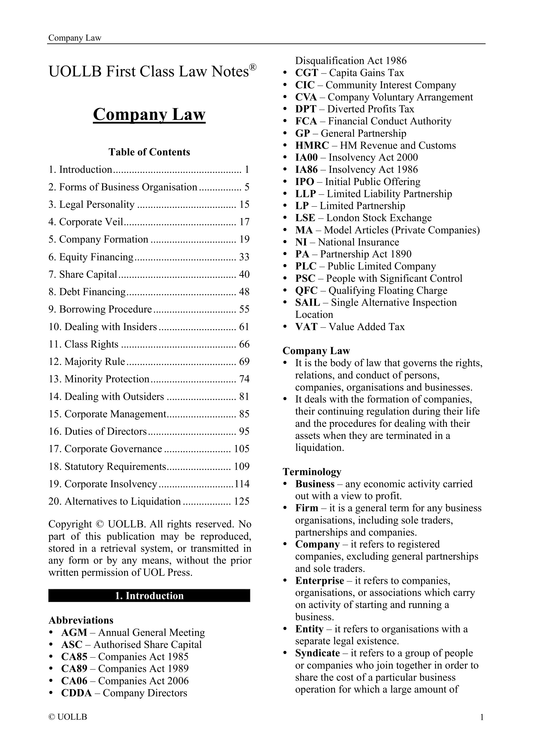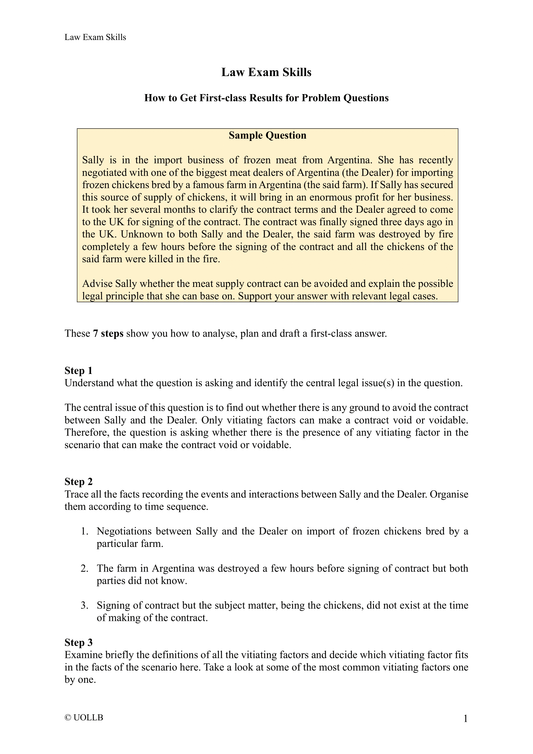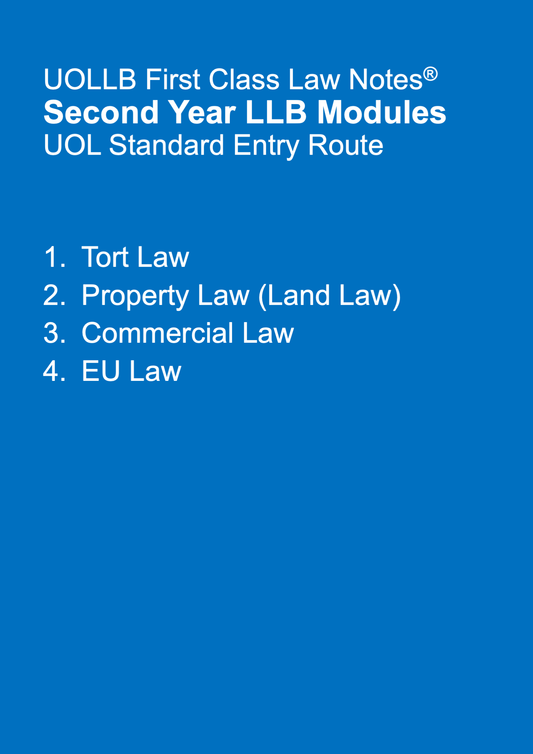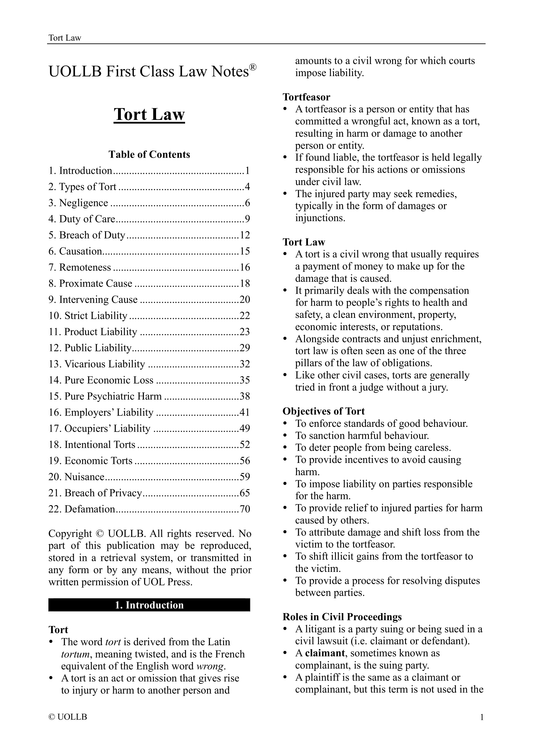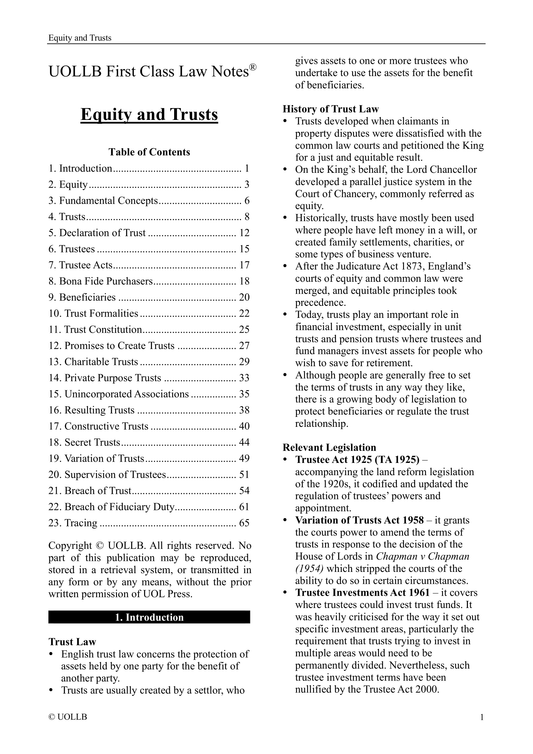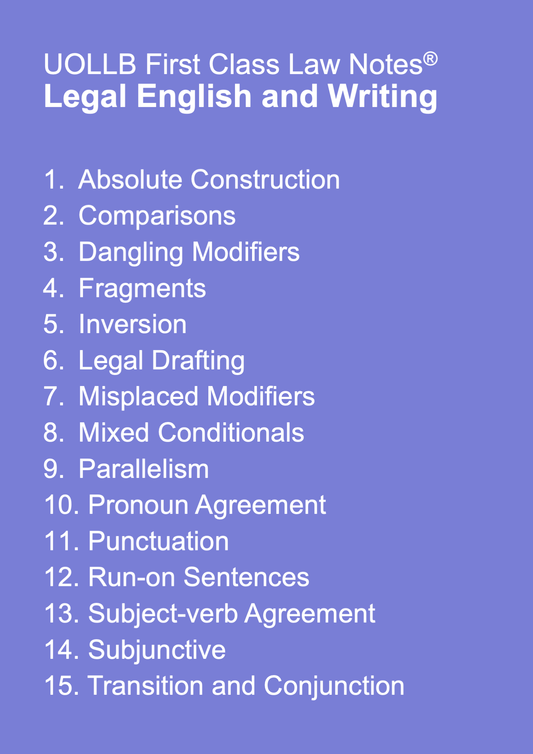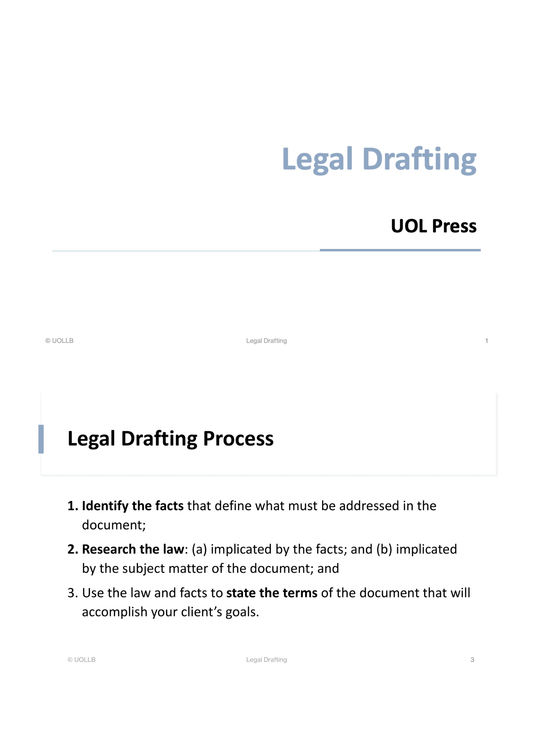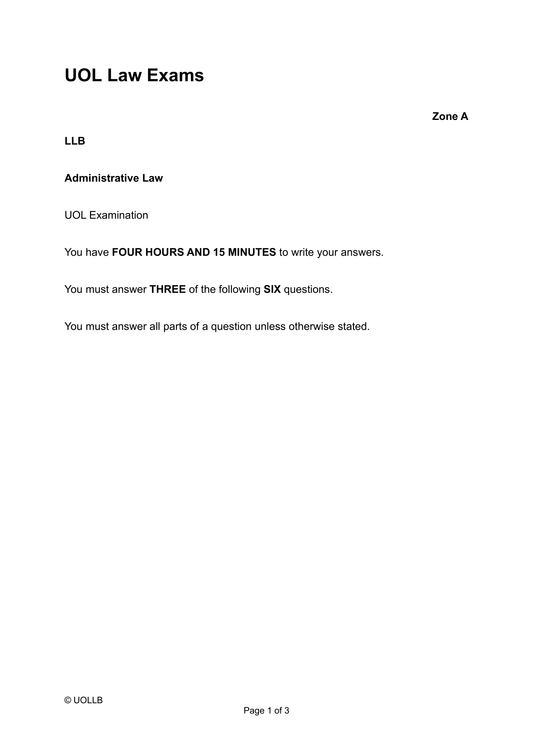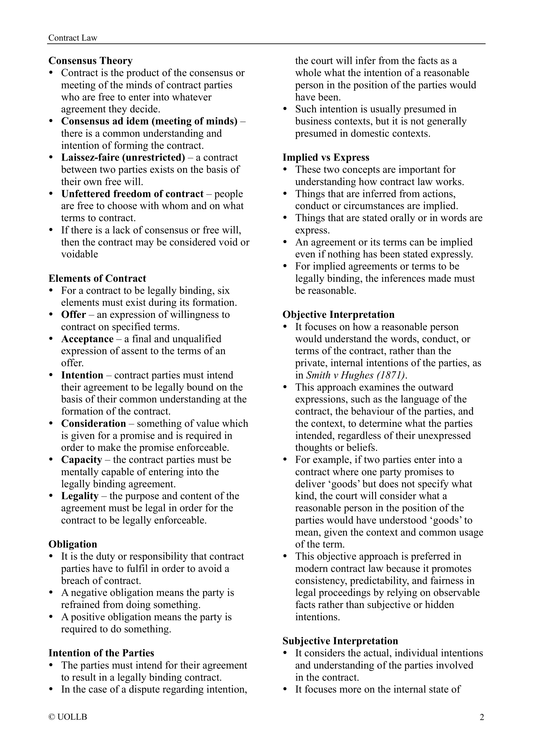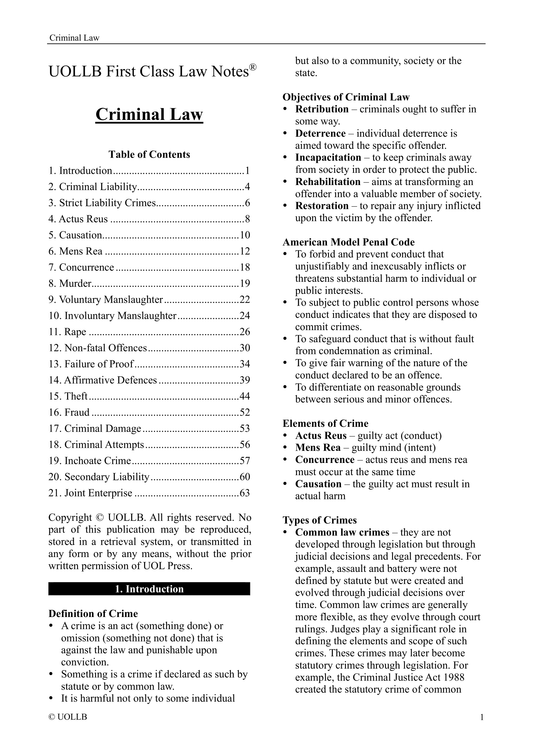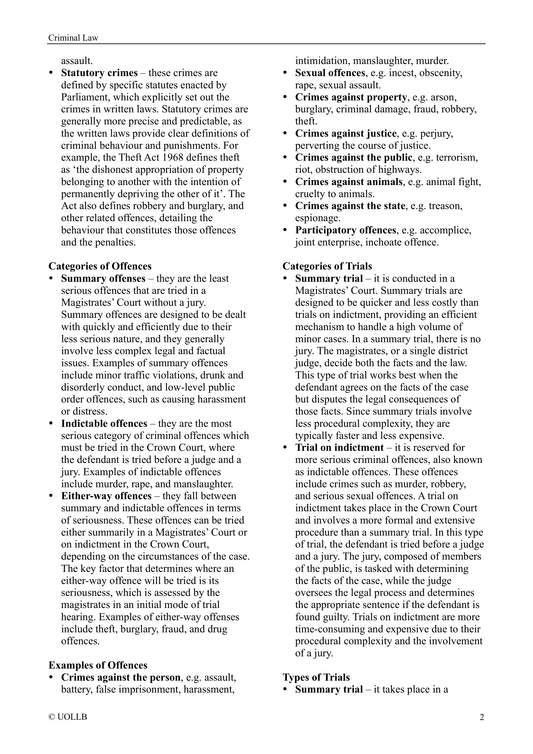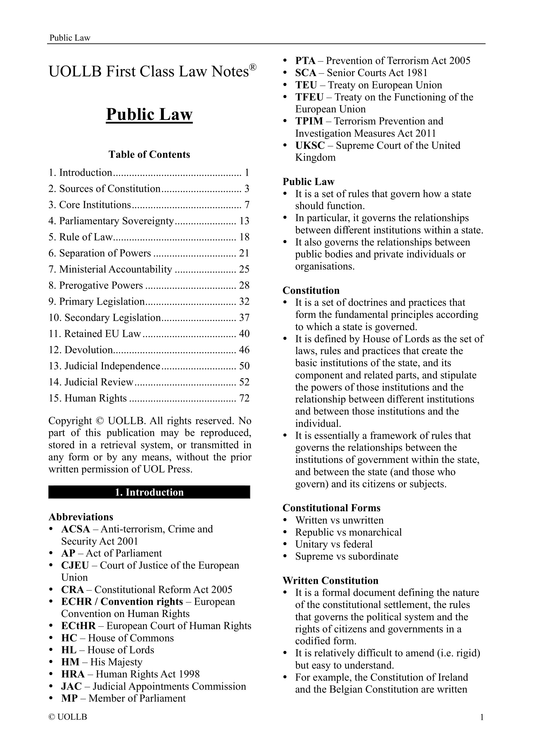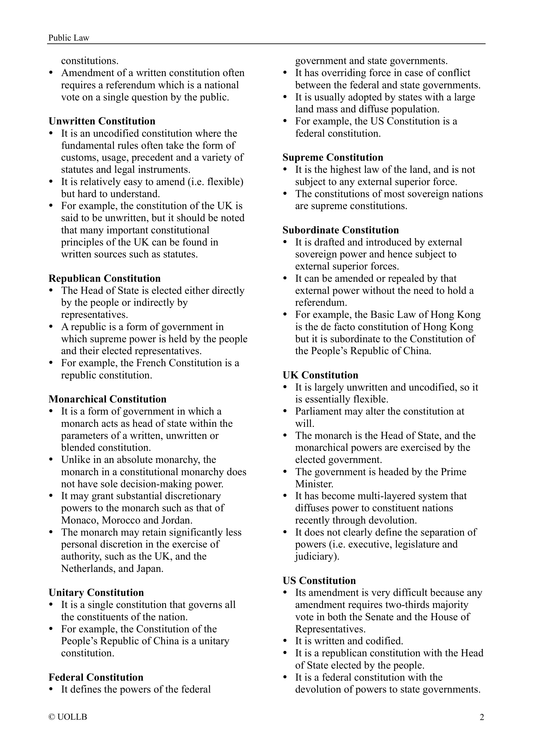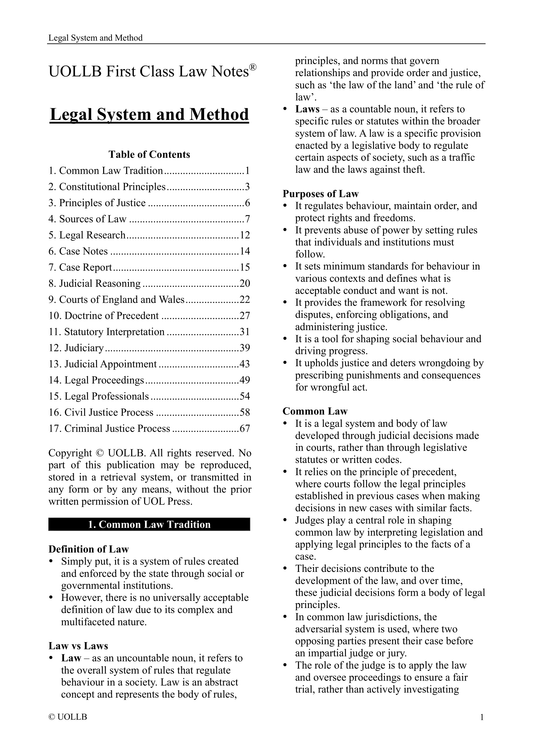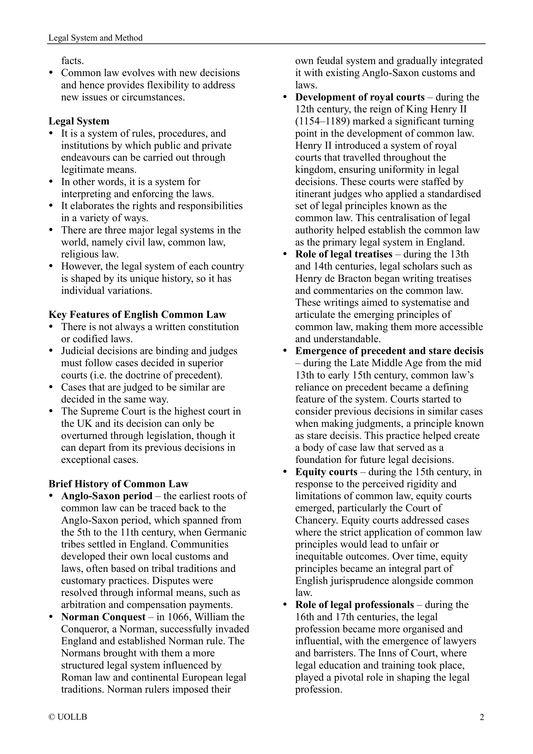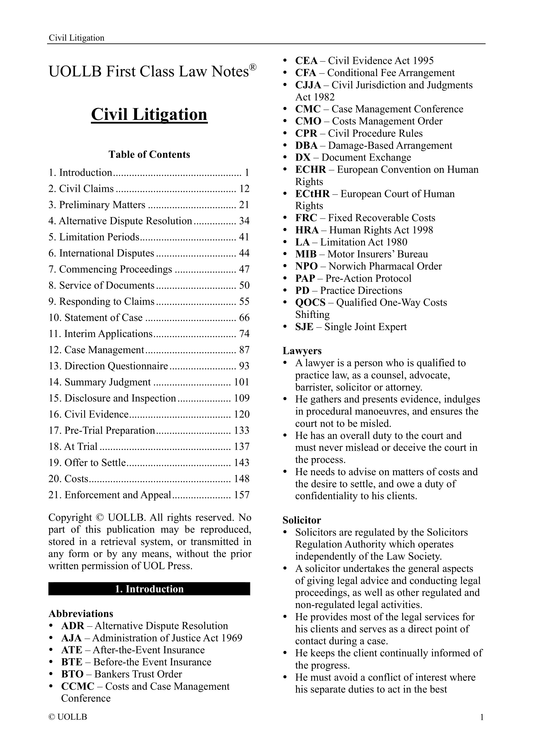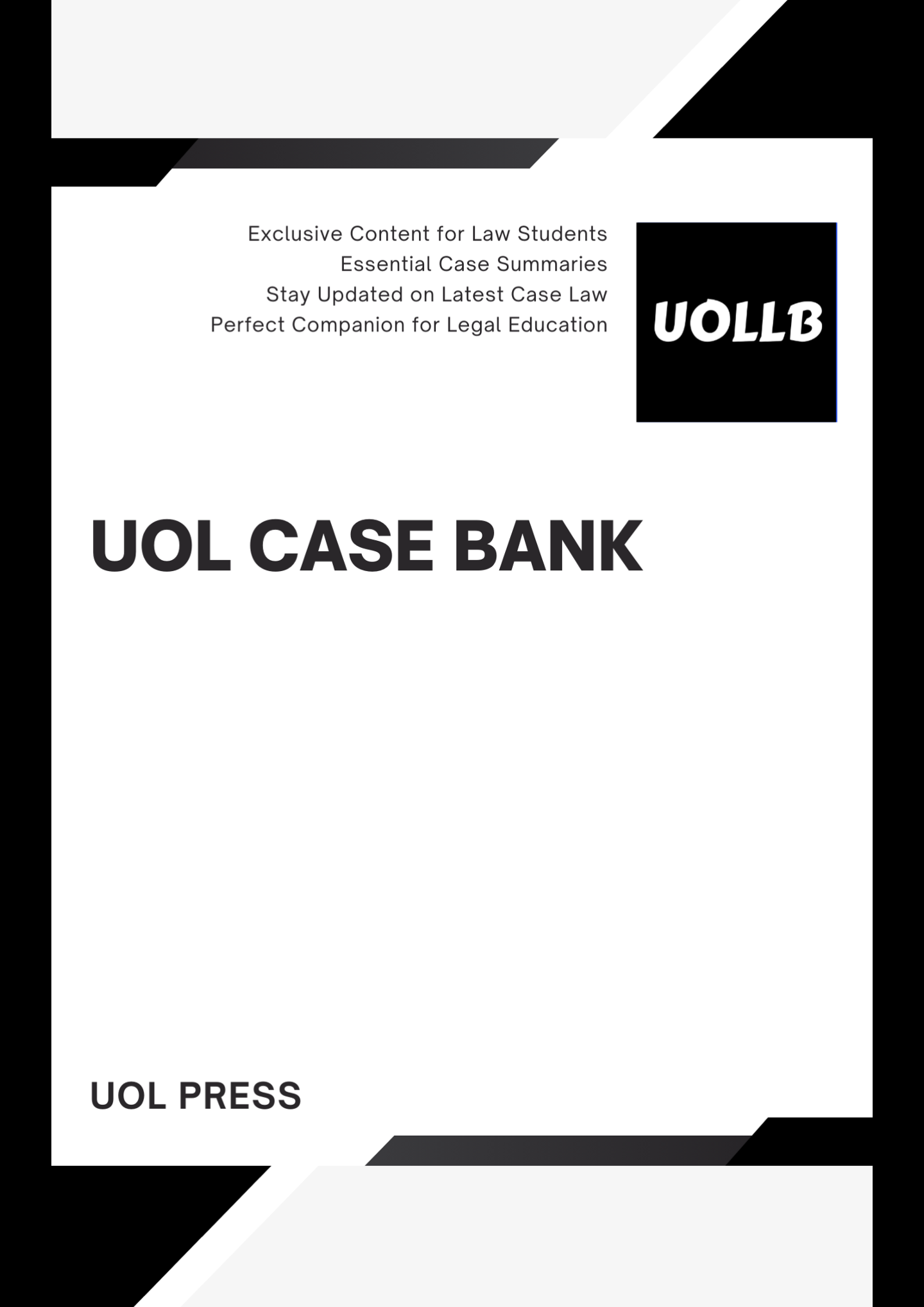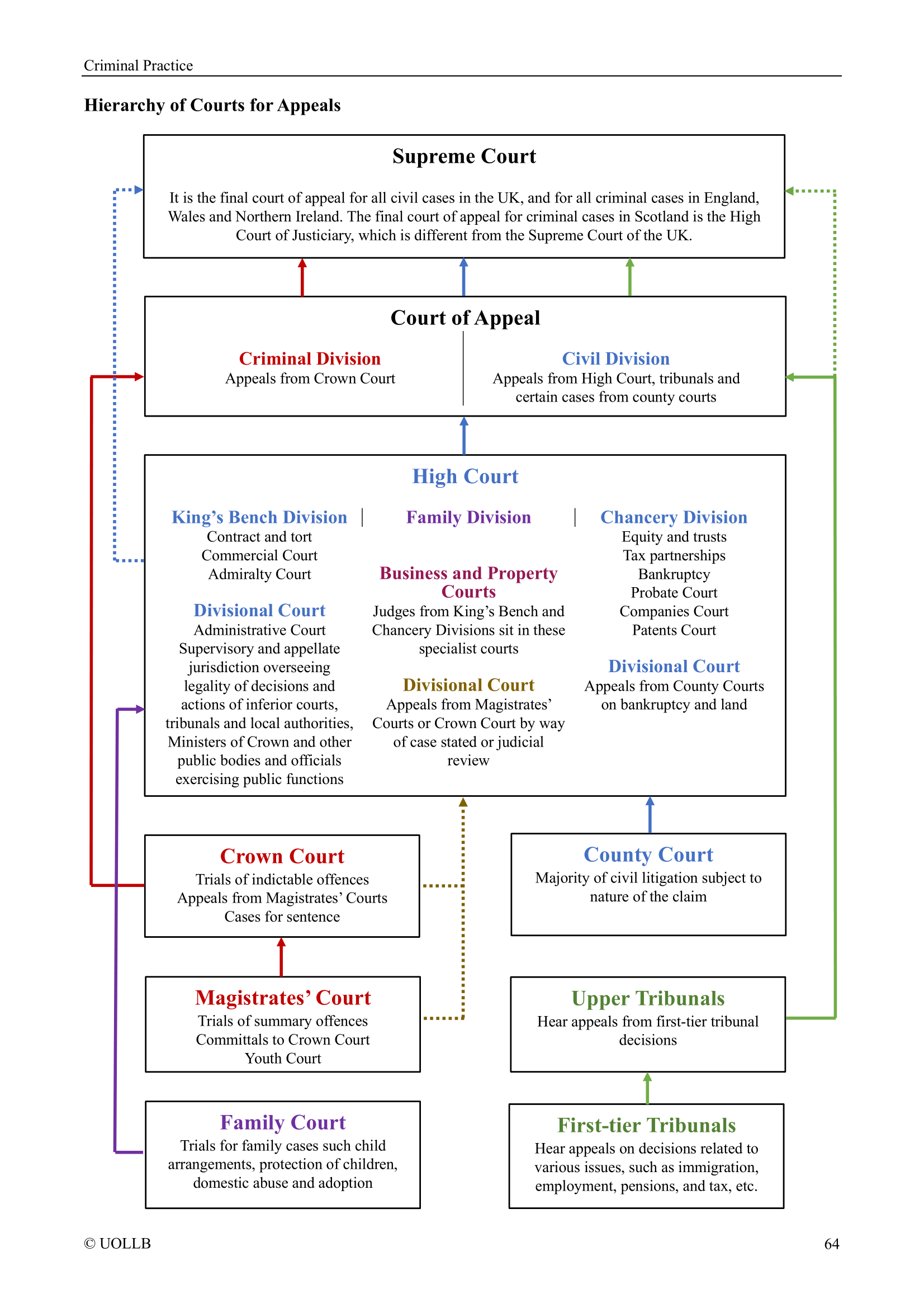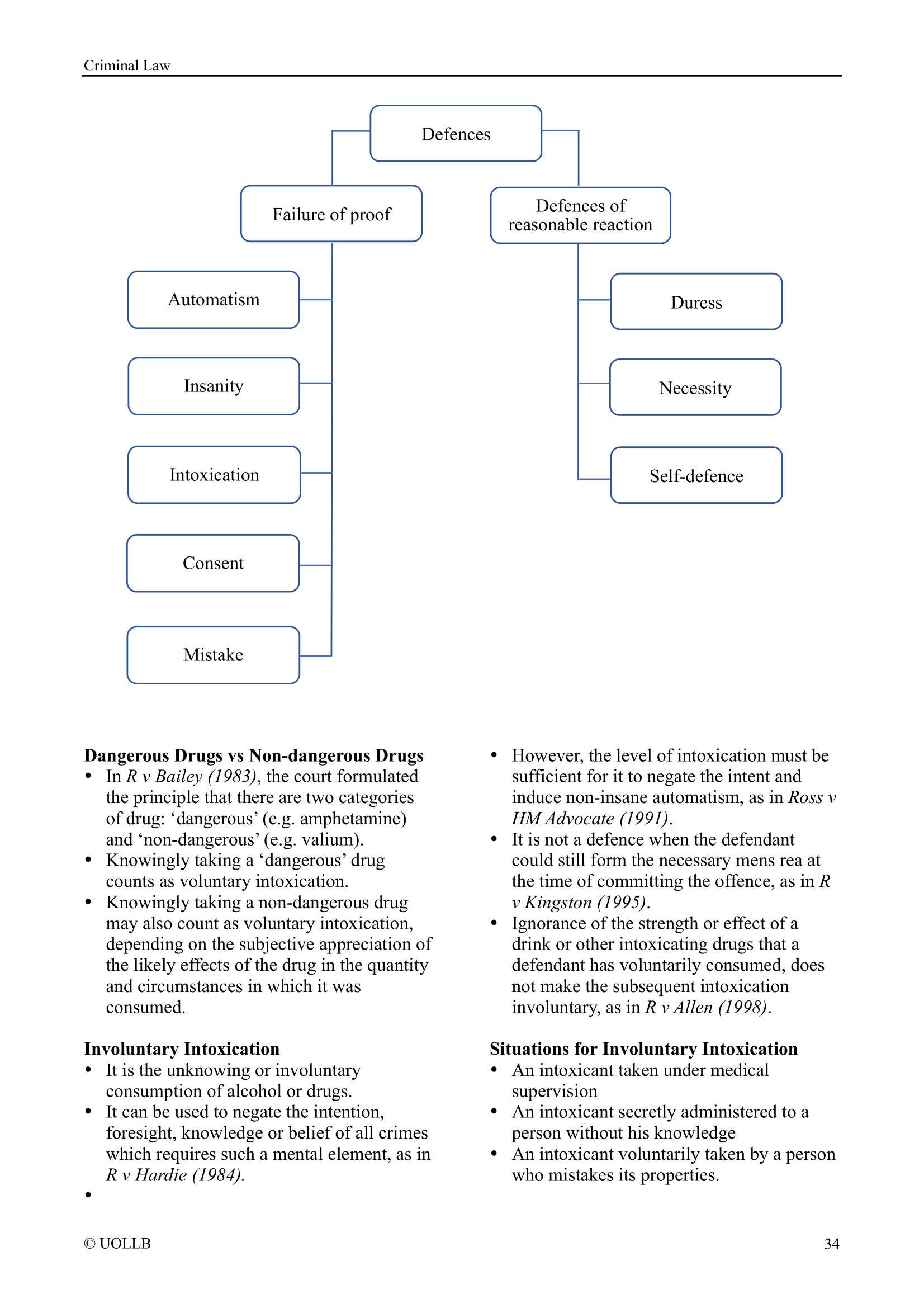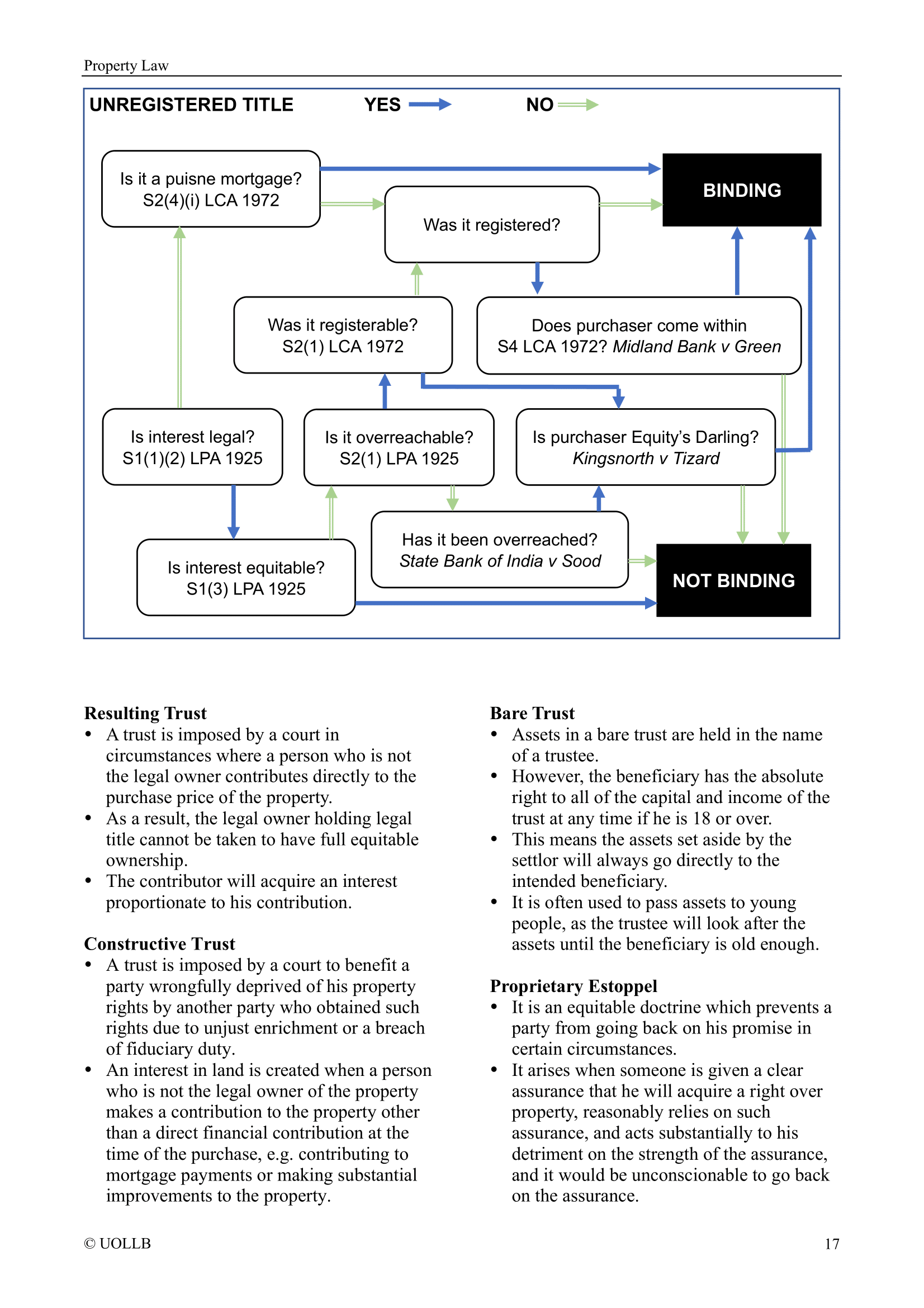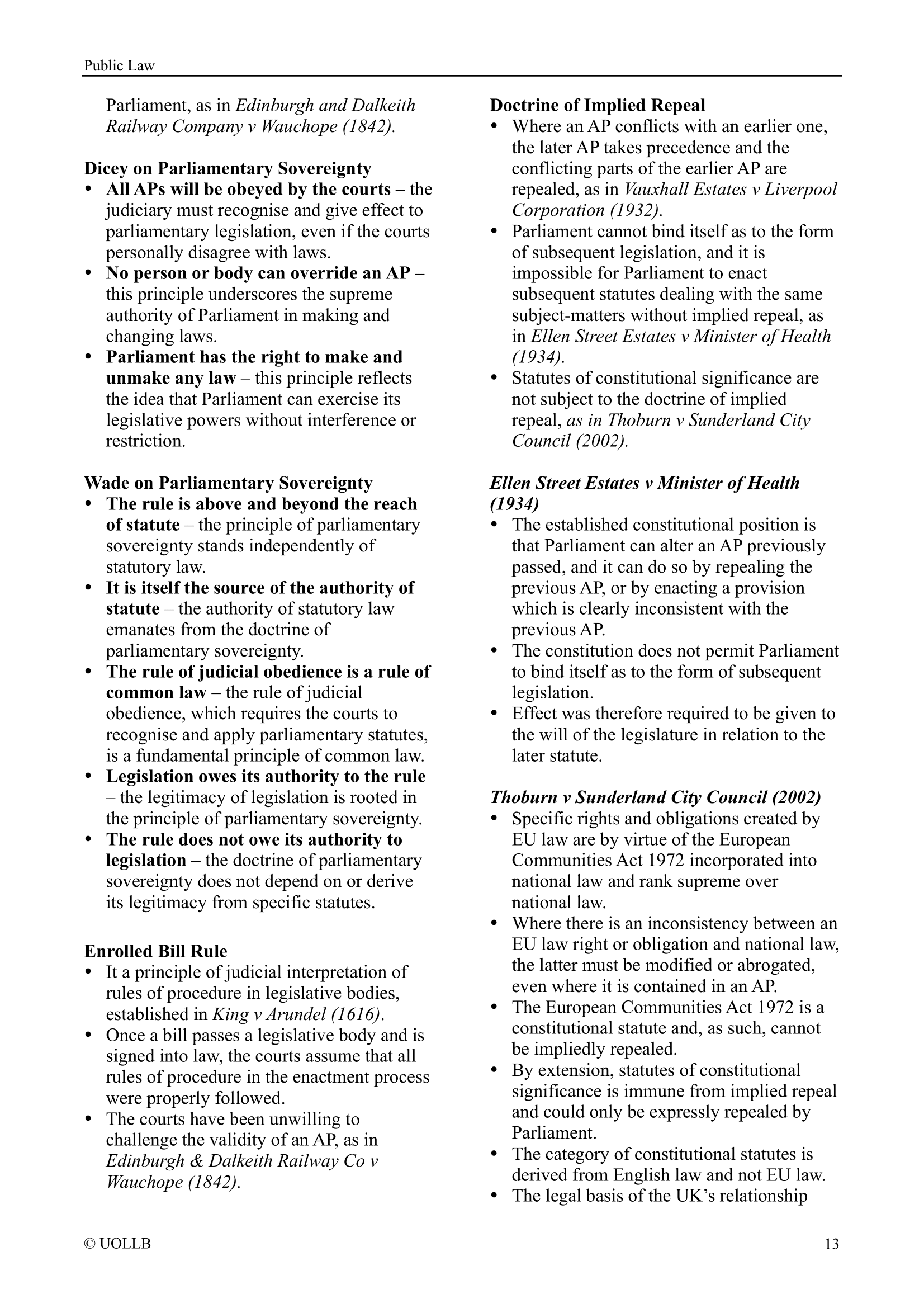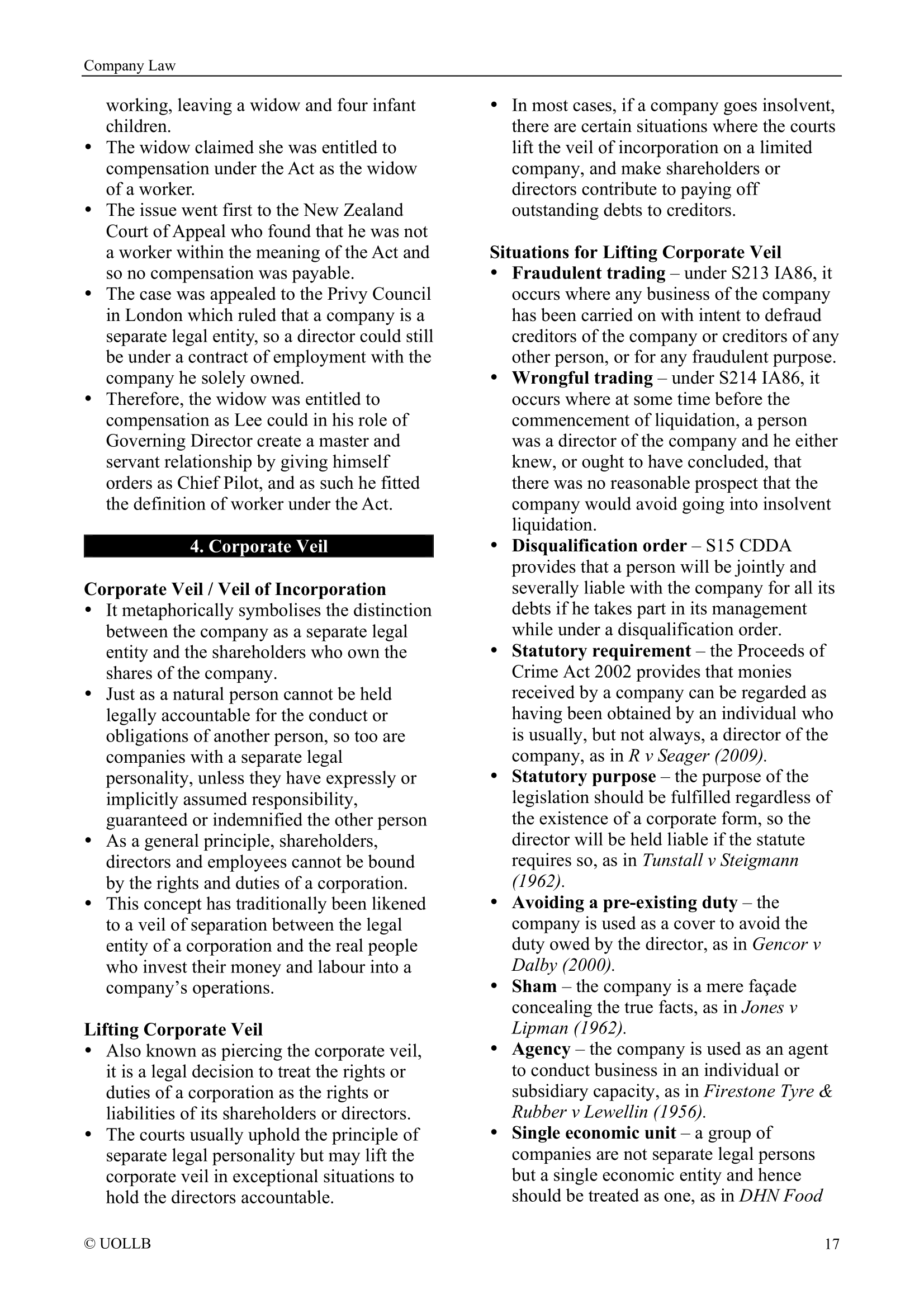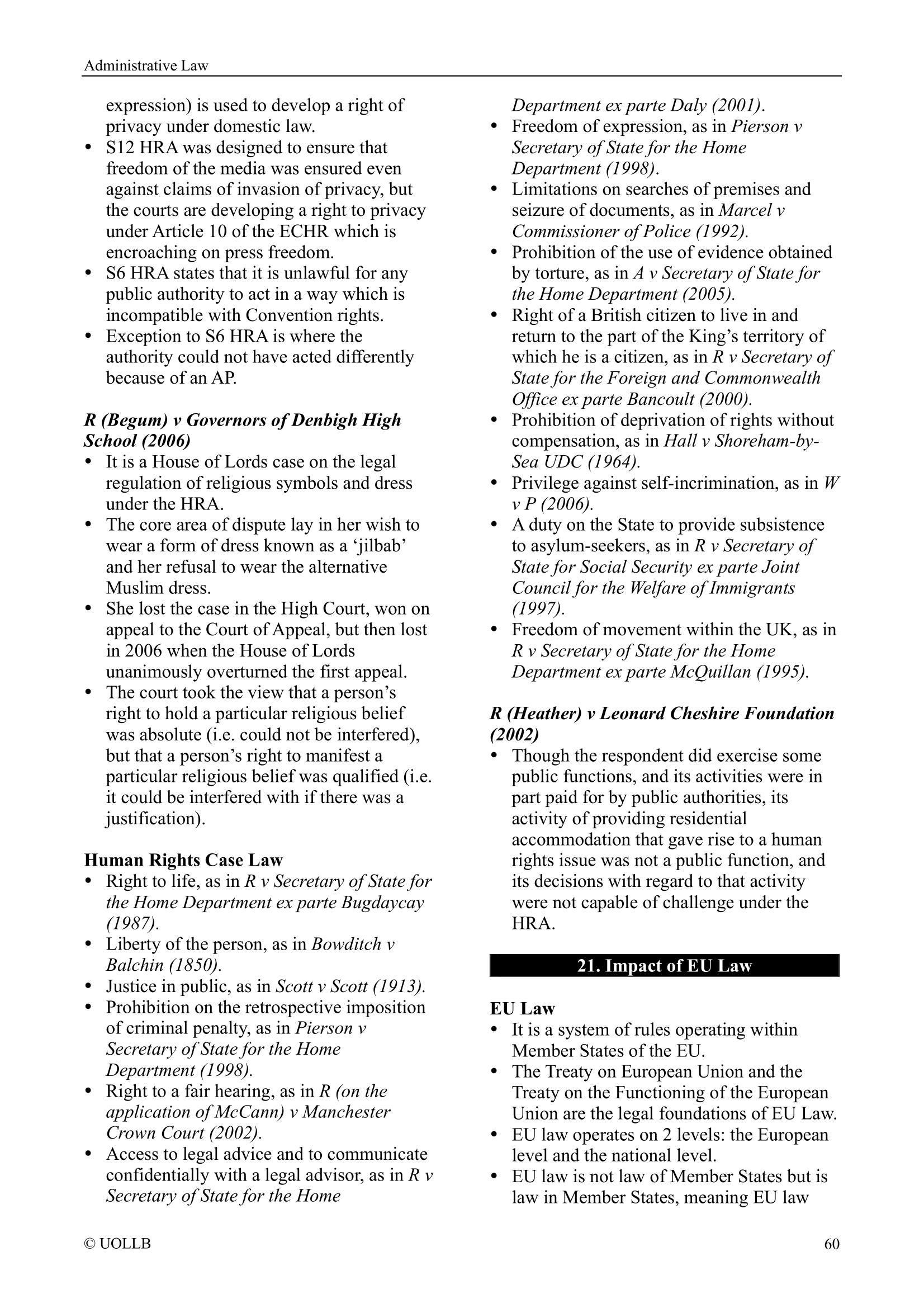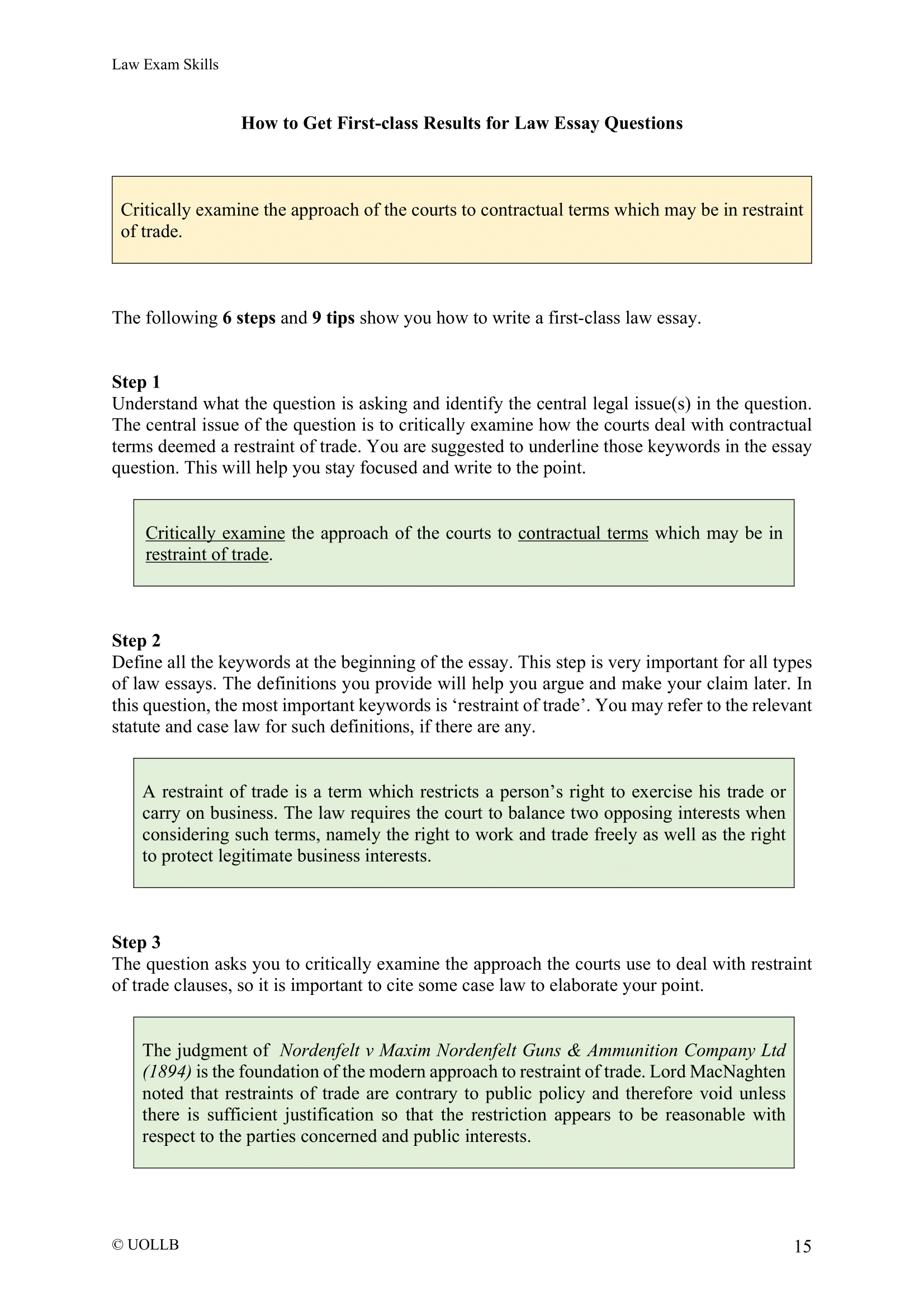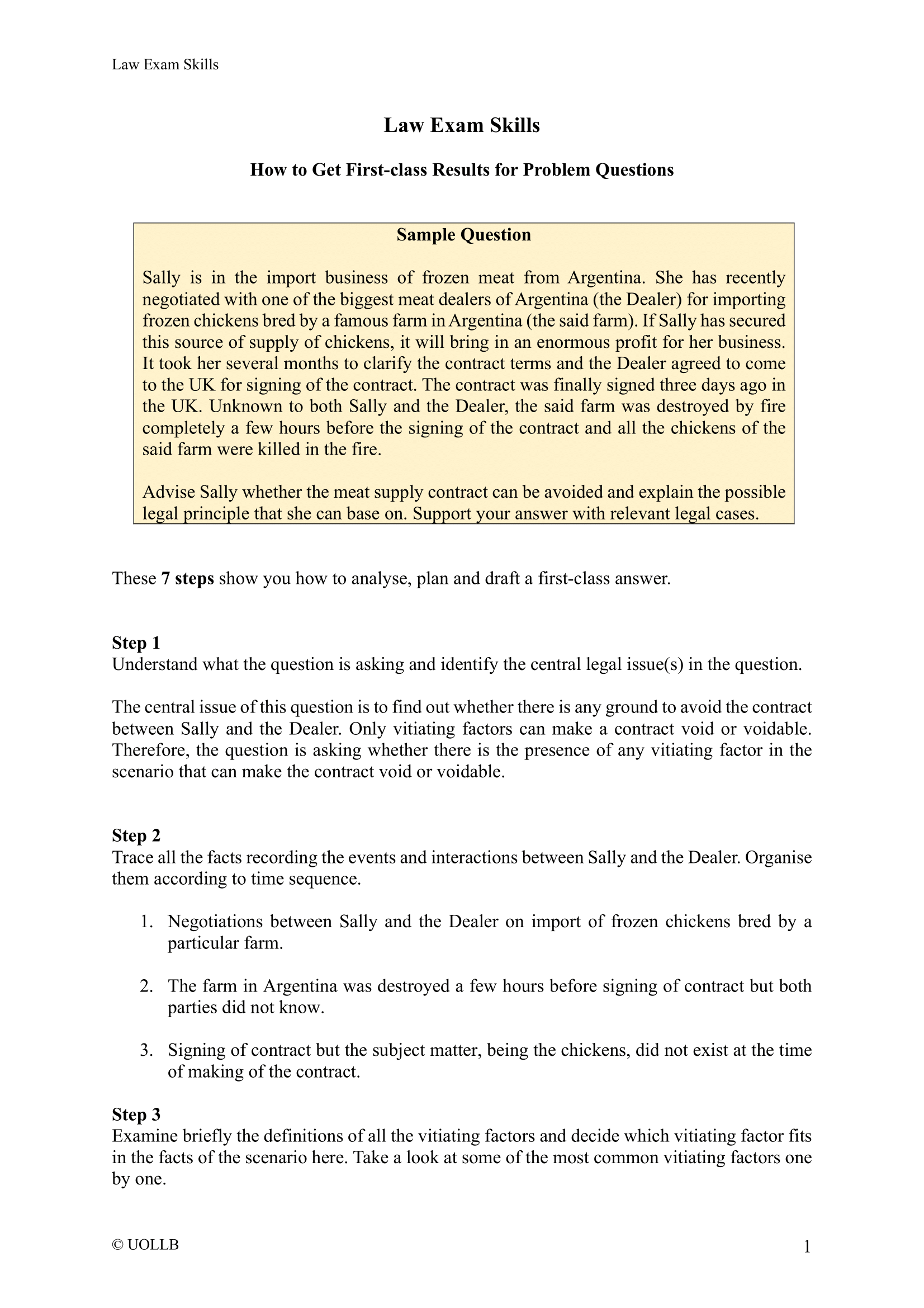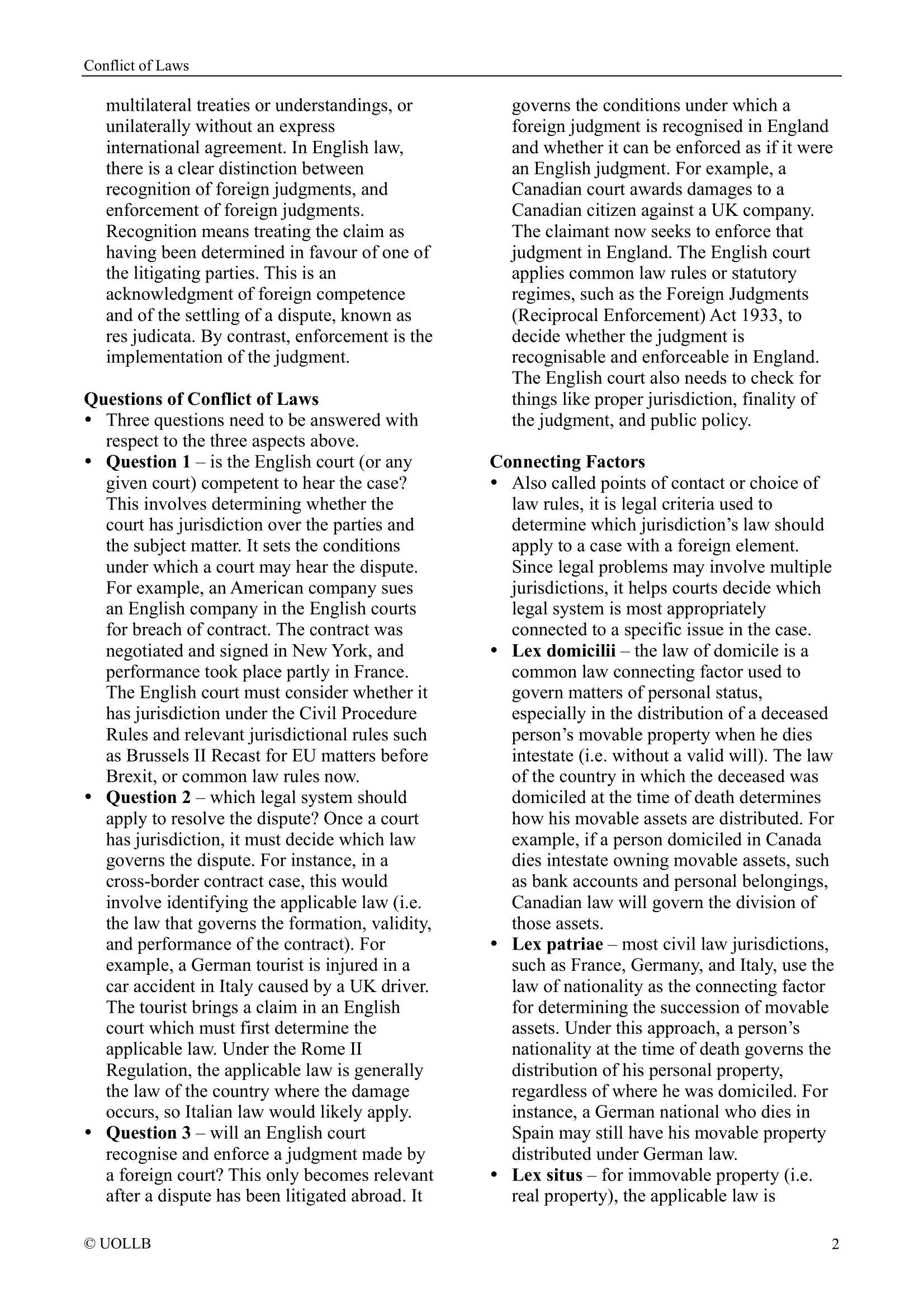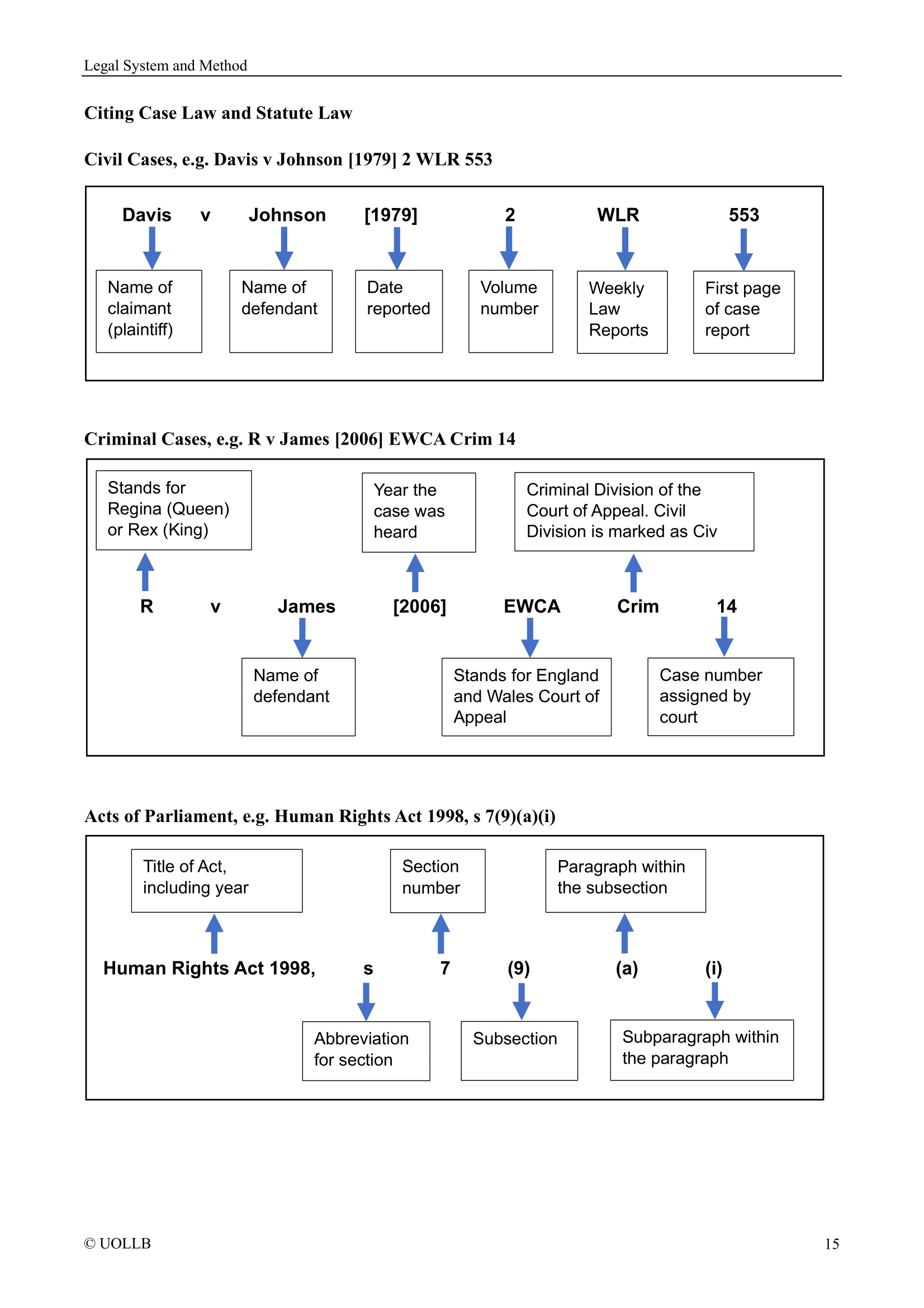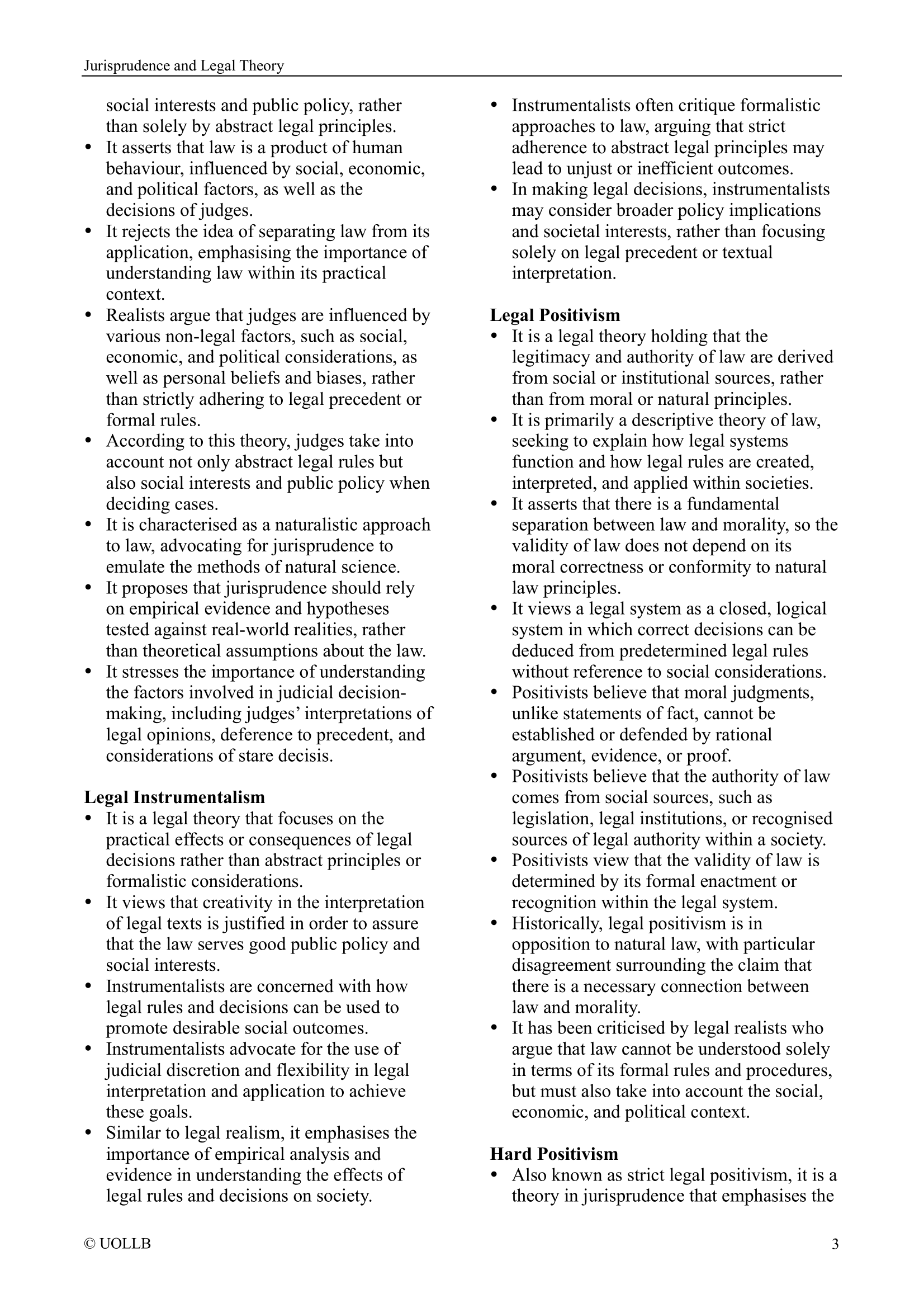Law Reform (Contributory Negligence) Act 1945
Share
The Law Reform (Contributory Negligence) Act 1945 deals with the issue of contributory negligence in personal injury cases. Prior to this act, the common law doctrine of contributory negligence operated as a complete bar to a claimant's right to recover damages if they were found to be even partially responsible for their own injuries.
The Act introduced a significant change to this doctrine by modifying the effect of contributory negligence. Instead of completely barring the claimant's right to compensation, the Act established a system of proportionate liability. It states that the court shall reduce the damages awarded to the claimant by such percentage as it deems just and equitable, having regard to the claimant's share of responsibility for the damages. The key provisions of the Act are as follows:
Section 1: This section sets out the principle of proportionate liability (i.e. comparative negligence). It states that in any action for damages where both the claimant and defendant are found to be at fault, the court shall apportion the damages according to the claimant's share of responsibility.
Section 2: This section establishes the defence of voluntary assumption of risk. It states that a person who willingly accepts the risks associated with a particular activity shall not be able to recover damages for any injury resulting from that activity, unless the injury is caused by a deliberate act intended to cause harm.
The Act aimed to bring about a fairer approach to cases where both the claimant and defendant were partly responsible for the injury or damage. Instead of completely barring the claimant's right to compensation, it allowed for a more balanced assessment of fault and ensured that damages were reduced in proportion to the claimant's own negligence.
It is important to note that the Act is specific to the legal framework in the England and Wales. Other jurisdictions may have different laws and principles regarding contributory negligence and the apportionment of damages.

